Trumpeter 1/32 Allison V-1710
Allison, a Division of General Motors, began developing the ethylene glycol-cooled V-1710 in 1929, in order to meet a USAAC need for a modern 1,000 hp (750 kW) engine to fit into a new generation of streamlined bombers and fighters. The Great Depression slowed development, and it was not until December 14, 1936, that the engine flew in the Consolidated XA-11A testbed, with all U.S. entrants in the new pursuit competition designed around it.
The V-1710 is a 60° V12 engine with a displacement of 1,710.6 cu in (28.032 L). It features a single overhead cam per bank of cylinders and four valves per cylinder. The engine design benefited from the General Motors philosophy of built-in production and installation versatility, embracing modular design for aviation power plants.
The P-38, P-40, P-51A and P-82E used the V-1710-F, featuring close-coupled propeller reduction gears, whereas P-39, P-63, and XB-42 Mixmaster used the V-1710-E, exchanging the integral reduction gear for an extension shaft, driving a remotely located reduction gear and propeller.
The V-1710 did not have a "high-altitude" supercharger because this was the USAAC specification; however, it included the option of using a then newly developed turbo-supercharger if a higher altitude capability was desired, and such was the case with the XP-37(YP-37), P-38, and XP-39.
Allison slowly but continuously improved the engine during the war, not only incrementally increasing the output power from 1000 hp to as much as 2300 hp, but also increasing the installed lifetime from 300 hours to as much as 1,000 hours for the less-stressed power-plants, with minimal weight escalation, not to mention the reduction of unit cost from $25,000 down to $8,500!
Regarding the inevitable comparison between the V-1710 and the iconic Rolls-Royce Merlin, what can be said for the Allison is that it made more power at less boost, with a longer time between overhauls, and with a parts-count that was nearly half that of the Merlin engine, which greatly facilitated mass production.
Despite the fact that early V-1710 was height-limited for combat operations at a maximum of about 15,000 feet (4,600 m), it was available in comparatively large numbers and proved to be robust and little affected by machine-gun fire. It became the mainstay of some Allied Air Forces in all but the European theater of war. It was a classic engine that was present when needed. In total, 69,305 V-1710s were built by Allison during the war, all in Indianapolis, Indiana.
The iconic engine's useful life continued after the war, as thousands were available on the surplus market, with many drag racers, land speed racers and tractor pullers adopting the powerful and reliable V-1710. The warbird movement began to restore and return to the air examples of the classic fighters of the war and many V-1710-powered pursuit airplanes began to fly again with freshly overhauled engines.
This engine model is part of the well-known Trumpeter 1/32 P-40B kit. It is a complete engine model in itself, consisting of no less than 38 parts (not counting another 24 parts for the exhausts), all superbly molded and flash free.
https://modelingmadness.com/review/misc/pen1710.htm
Happy Modelling!
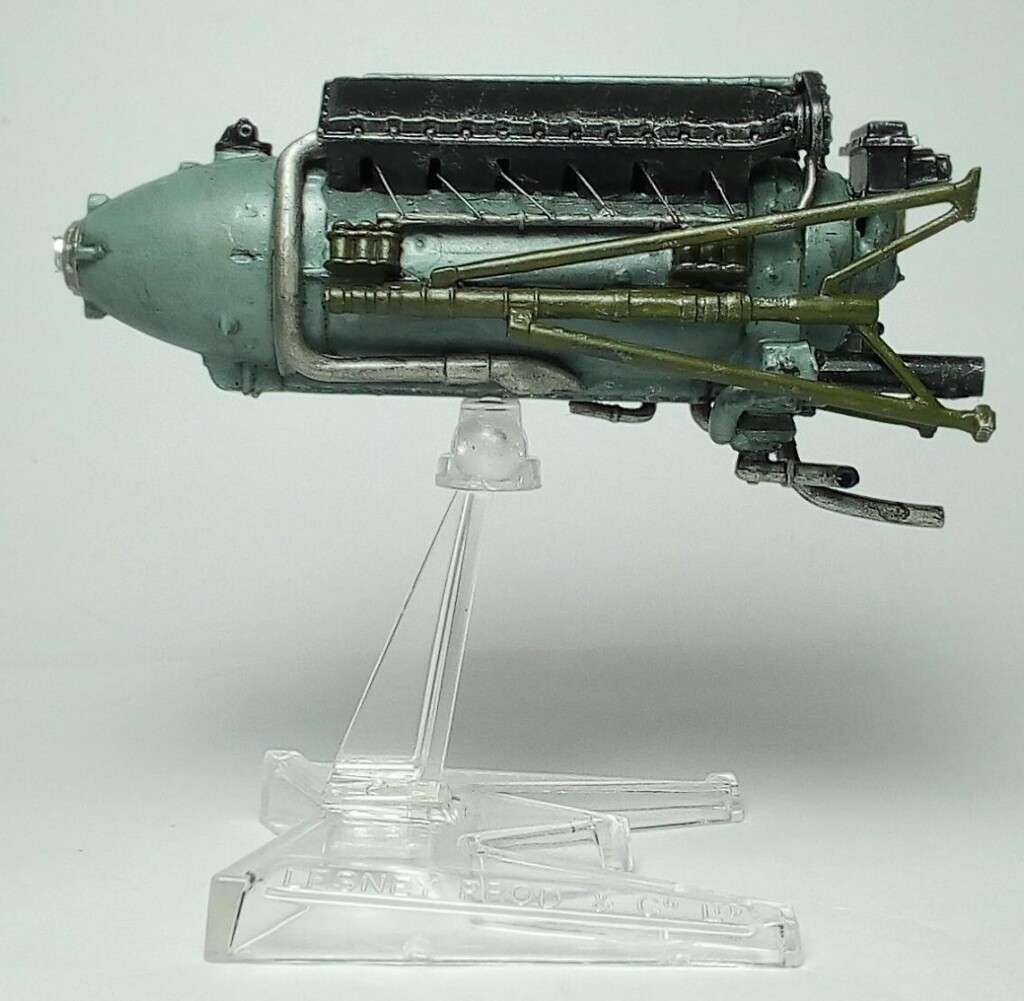
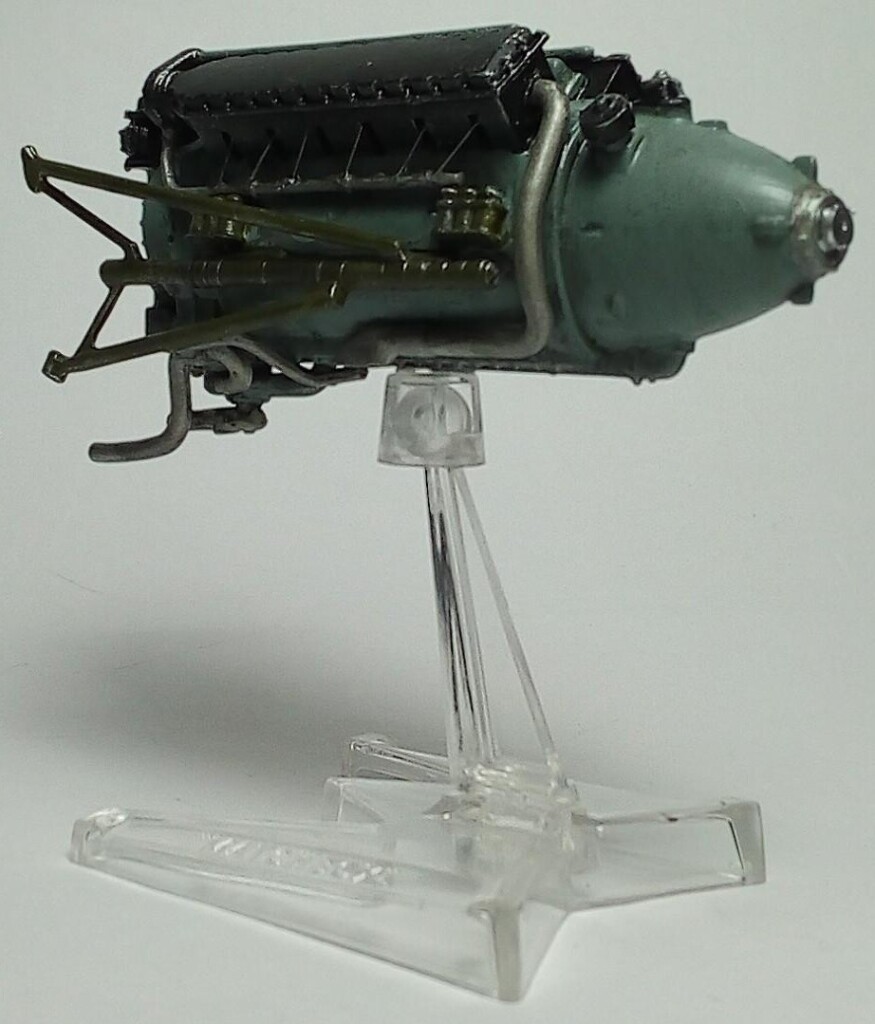
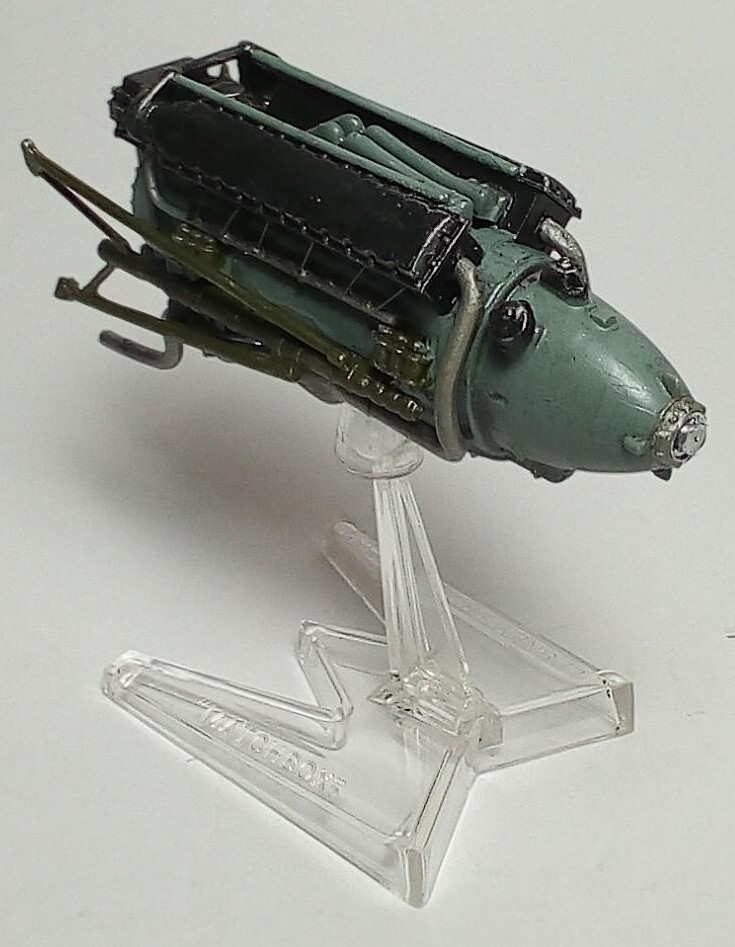
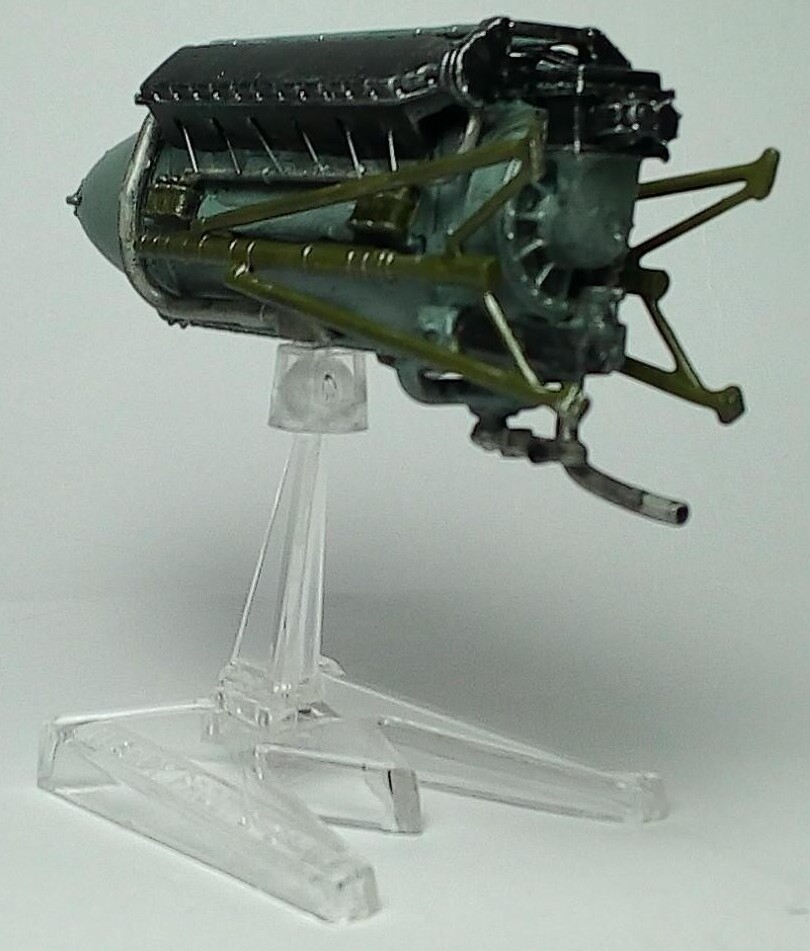
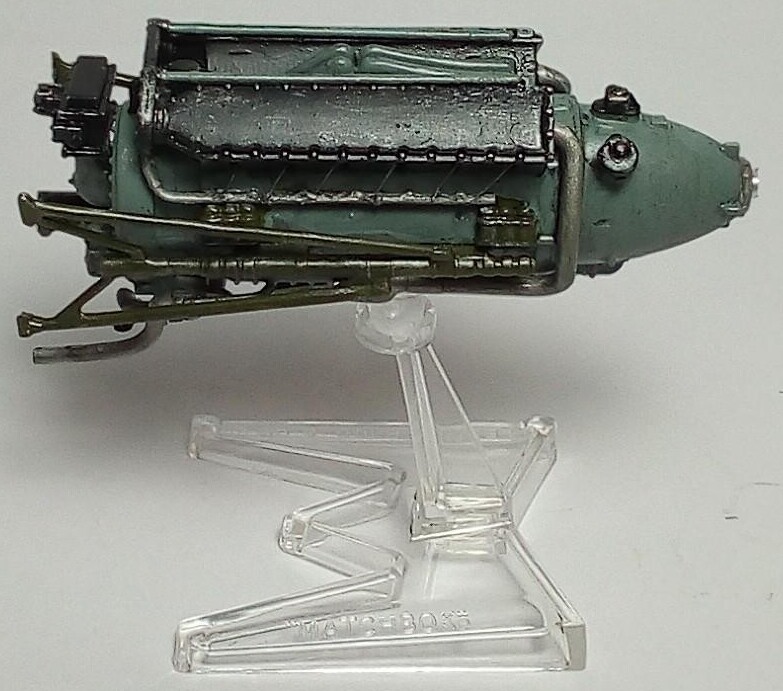
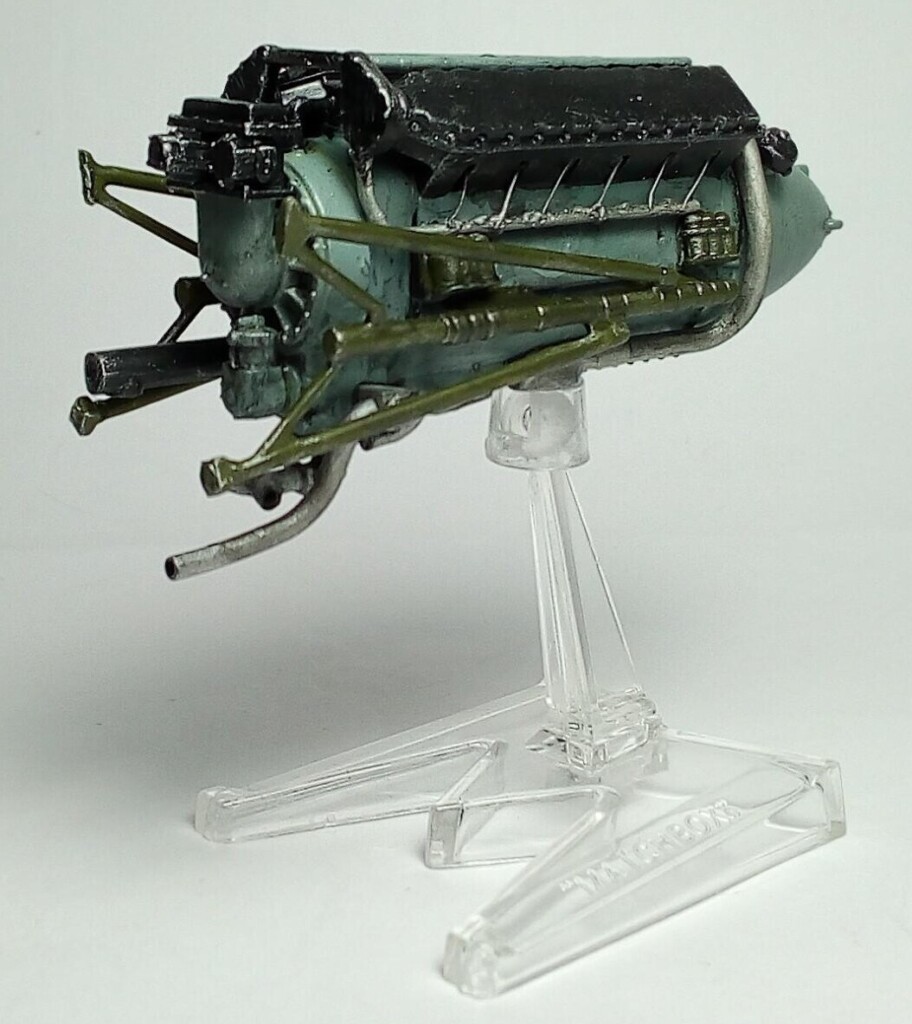
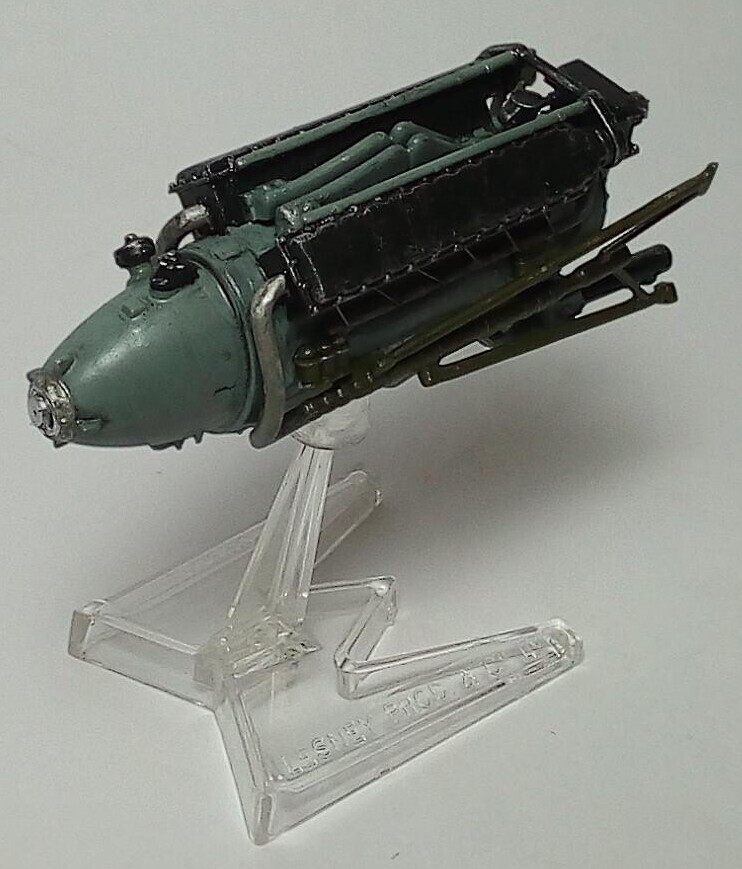
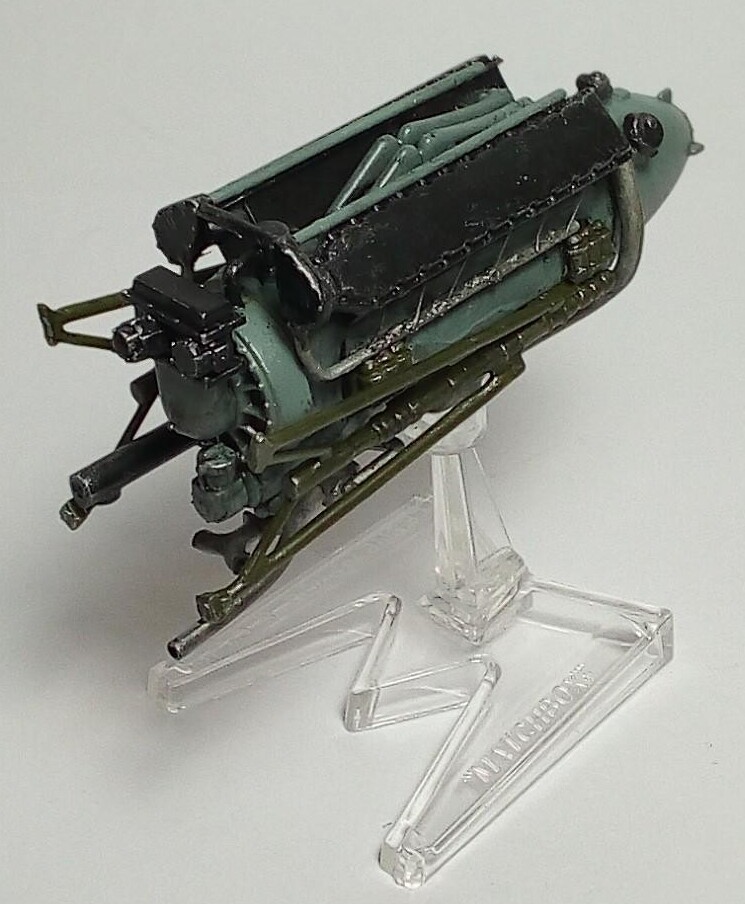
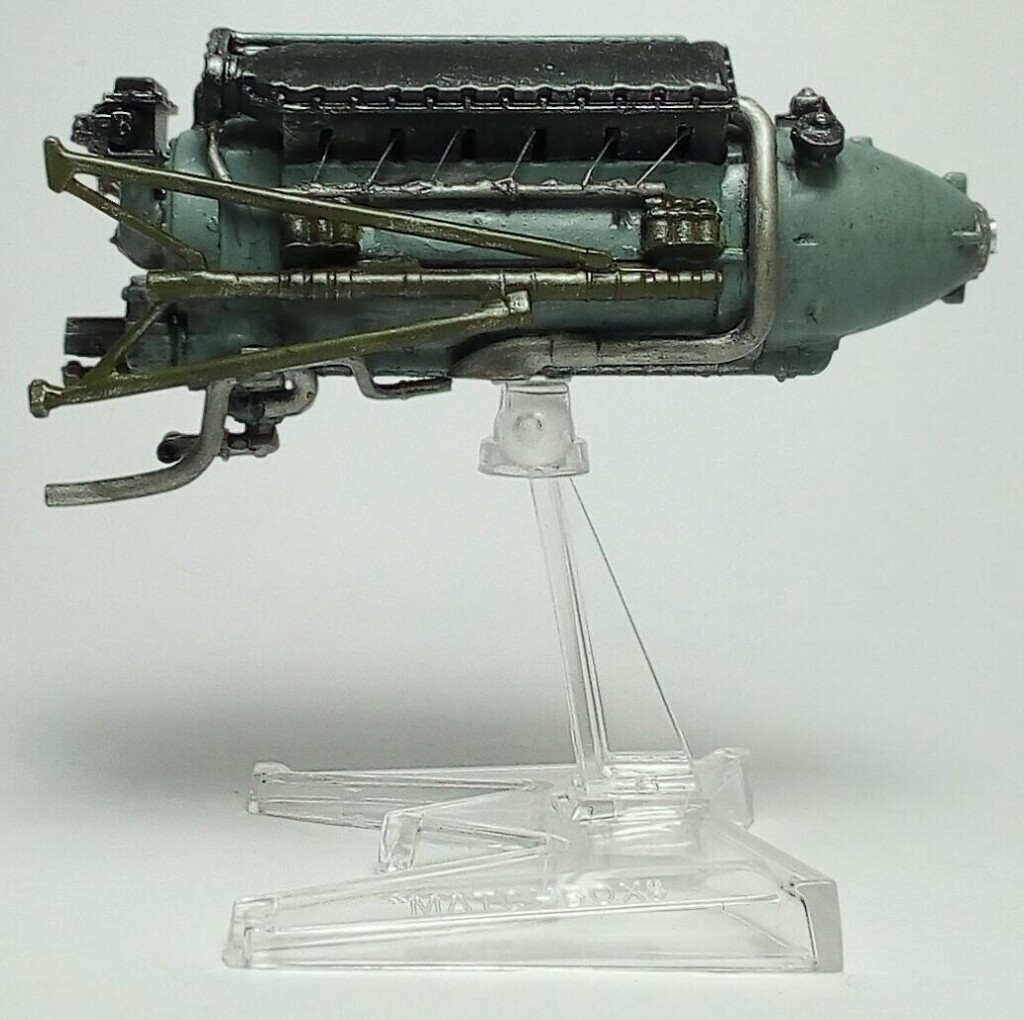
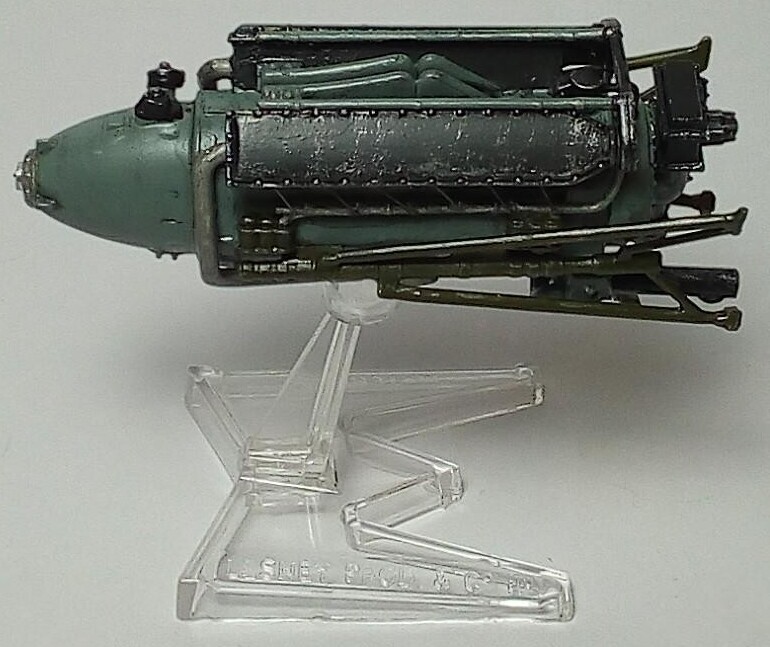
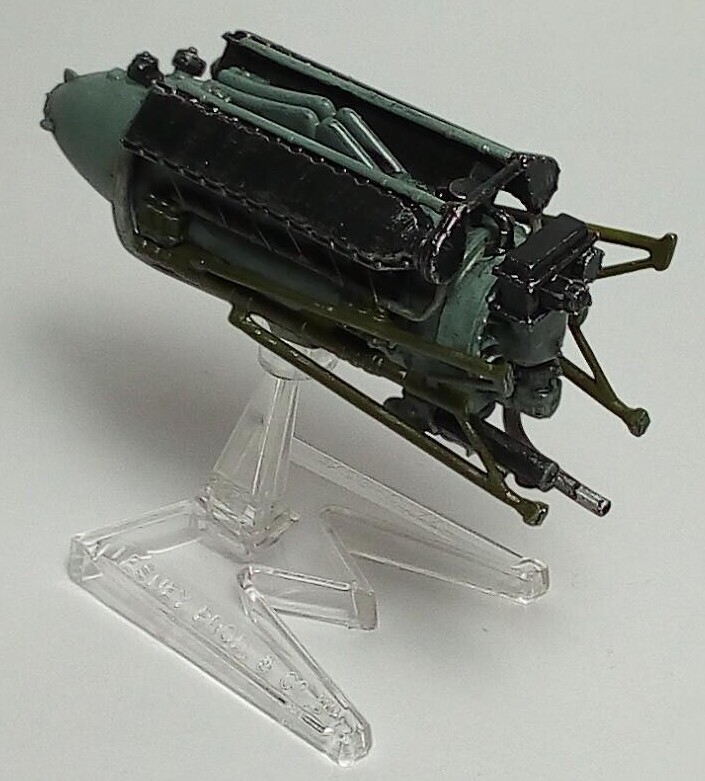
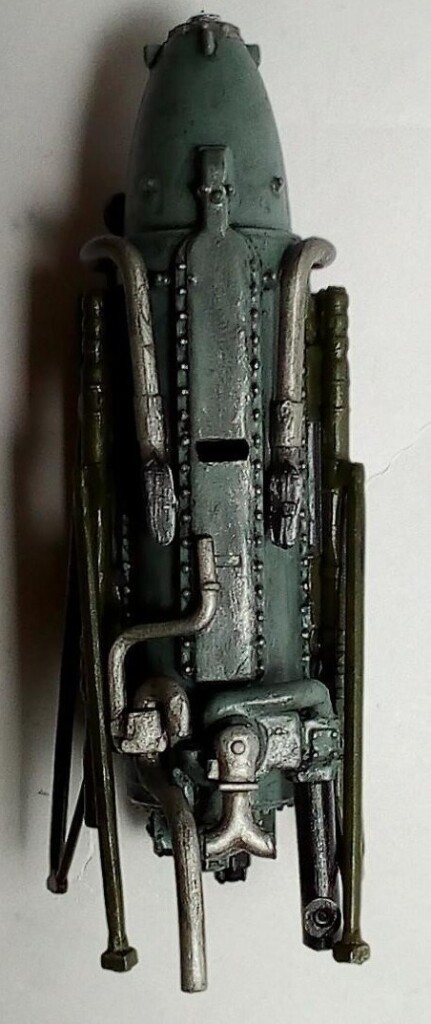
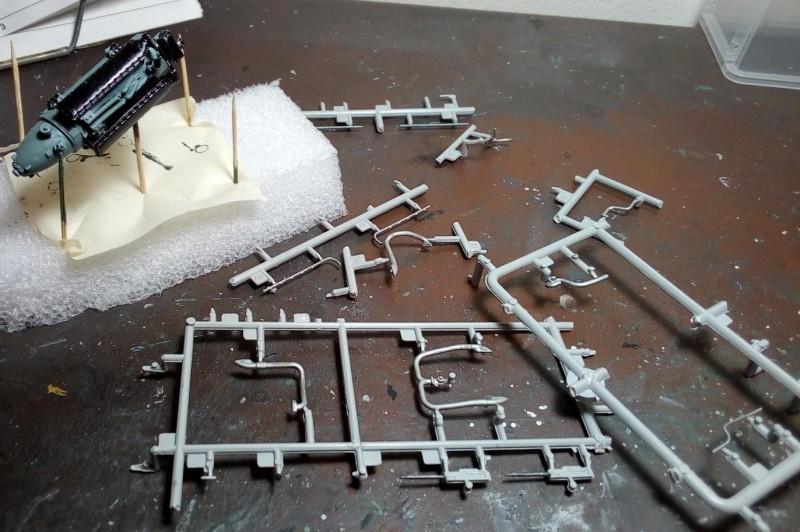

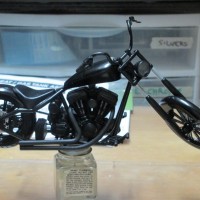
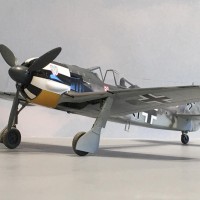
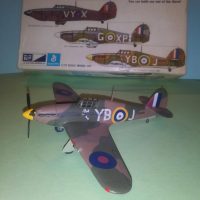
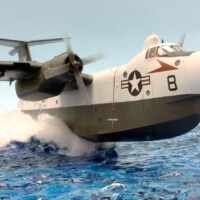
Absolutely great result on this Allison, Spiros @fiveten
Thanks for sharing the technical background of this important engine in aviation history.
Thanks my friend @johnb!
The reason the Allison was able to be used to replace those no-longer-available engines is because - like them - it was based on the Hispano-Suiza 12Y engine, the rights to which Allison purchased in the 1930s.
Nice work on this, @fiveten.
Thanks for liking and also for this important info, my friend @tcinla!
That's definitely a nice adaption of unwanted kit parts. I like the detailing and the comprehensive history. I also like the repurposing of the Matchbox display stand!
Thanks so much, my friend @christopher!
Good idea to display the engine separately, Spiros, interesting history, and lots of lovely metallic colours. It must have made a terrific sound when used in a dragster.
Thanks my friend @chinesegeorge! Oh, yes! A sound from a big V-12 with politically incorrect exhausts: what better?
@chinesegeorge Imagine 4 of them at once on a pulling tractor, George! @fiveten
Sounds spectacular, my friend @robgenev665!
Hey, Robert @robgenev665, I’ve just recovered from a perforated ear drum so I’ll get the ear defenders ready.
Very informative article , and good looking allison engine.
Thanks my friend @gelleb18!
Good idea Spiros.
Thanks my friend @blackmopane!
Love it.Can look at aeroengines all day!
Thanks my friend @ross4!
Looks good, Spiros!
Thanks my friend @gwskat!
Nice build Spiros, @fiveten. Interesting little tidbit, an Allison V-1710 was used in post war 1946 to to power an Unlimited Hydroplane boat.
Thanks my friend @beauslx! Yet some more great info on this versatile engine!
Nice use of spare parts to put together and make an interesting display Spiros, @fiveten. The ability to mass produce cheaply, quickly and adapt easily seems to be something lost in today's technology driven economy. Todays aircraft are incredible, but excedingly complex and expensive as are the powerplants that power them. Good job Spiros.
Thanks my friend @luftwaffe-birdman!
Great thoughts, totally agree!
@fiveten - Very cool information Spiros. I am amazed at how Allison was able to increase quality and decrease price. Great writeup and fantastic modeling, painting and weathering!
Thank you do much for all kind words, my friend @brithebuilder!
Oh, now that is cool, Spiros @fiveten! Great work my friend! I bought this Allison aftermarket set back in the mid-1960s. Pieces of it still come to light in the car parts stash from time to time.
Great work my friend! I bought this Allison aftermarket set back in the mid-1960s. Pieces of it still come to light in the car parts stash from time to time. 
https://www.oldmodelkits.com/index.php?detail=14994
Thanks so much, my friend @garybrantley! What an awesome aftermarket set! Had it remained intact, it would have been awesome if you build it!
You are quite welcome, Spiros @fiveten! Most of it may still exist as it was once built, once upon a time. Lately I've been planning an archaeological dig into my old car model remains just to reexamine what's left of them. It's been years since I delved into those boxes, I may be surprised by what I find!
Lately I've been planning an archaeological dig into my old car model remains just to reexamine what's left of them. It's been years since I delved into those boxes, I may be surprised by what I find! 
That would be great, my friend @garybrantley! A trip down memory lane. Pics please when performed
Two kits in one! Good idea and interesting article Thanks to the availability and adaptability of Allison engines we can see a few historic aircraft still flying that might not be otherwise.
Thanks my friend @chasbunch!
Fantastic idea and build! Nice narrative as well.
Thanks my friend @roofrat!
Very fine engine!
Thanks my friend @lis!
A really nice replica of the Allison engine. You provide a thorough understanding of your subject matter, as well.
Thanks so much, my friend @jdtruby!
Hello my friend Spiros @fiveten
Thanks for adding the technical background of this great engine in all aviation history.
A very creative and detailed work too!
Thanks my friend @boblucio!